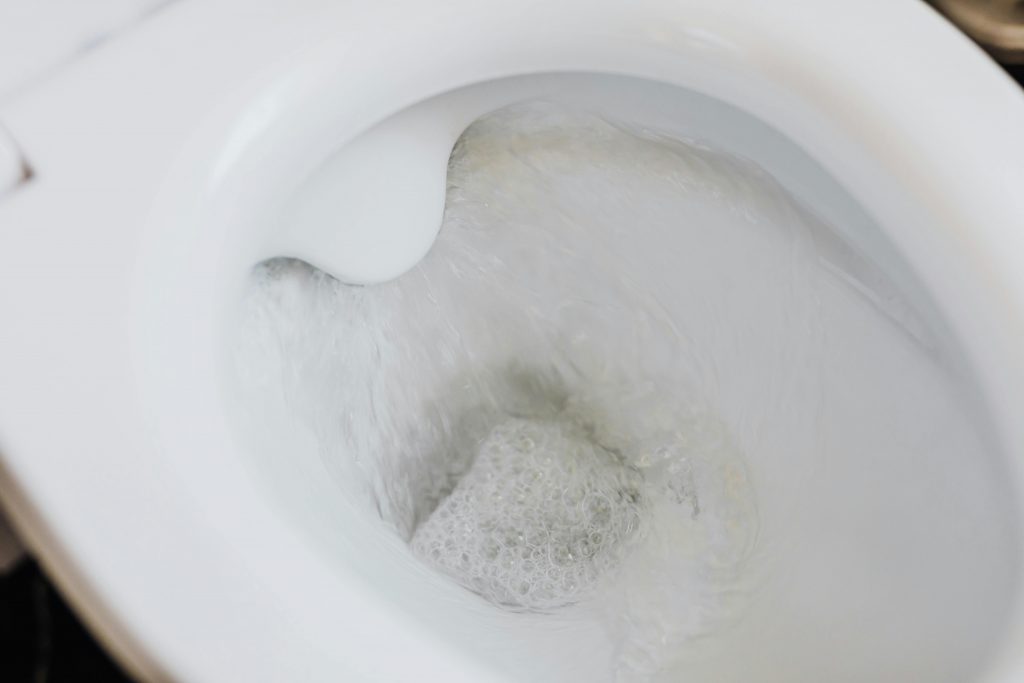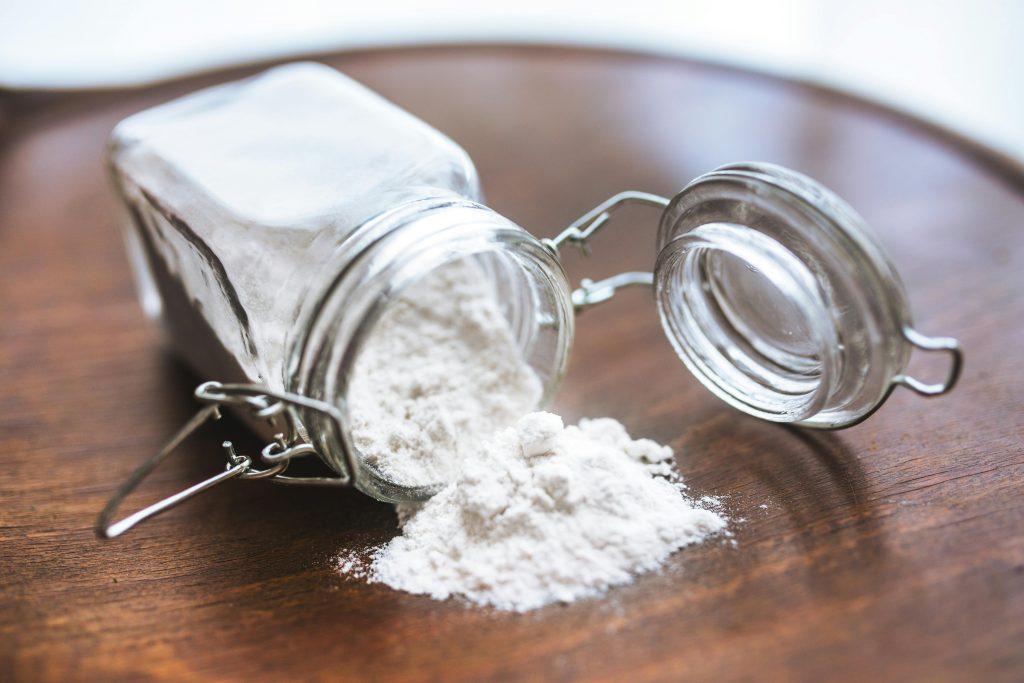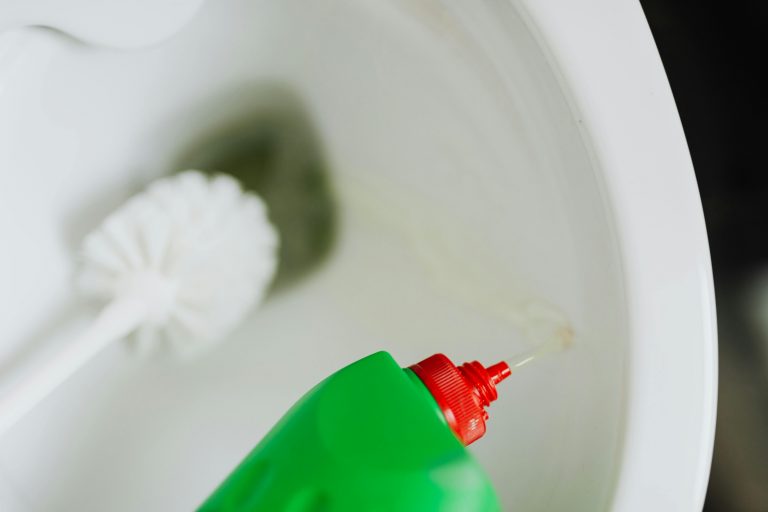Disclaimer: Benro Properties. This site provides home improvement content for informational purposes only.
Dealing with a smelly bathroom drain is something no one wants to experience. A foul odor coming from your bathroom sink, shower, or bathtub can be unpleasant and may indicate underlying plumbing issues. If you’ve noticed a sewage-like smell or musty odor coming from your bathroom drains, you’re probably wondering why your bathroom smells like sewage. The answer to this question could be a variety of plumbing issues, such as clogged pipes, mold growth, or bacterial buildup. Whatever the cause, it’s essential to address the problem promptly to prevent it from worsening.
Smelly drains are a common household problem, but luckily, they can usually be fixed with some simple steps. Whether the odor is due to clogged pipes, mold, or buildup, there are solutions that will help restore your bathroom’s fresh and clean scent. In this article, we’ll explore the main causes of smelly bathroom drains and provide practical tips on how to get rid of those unwanted odors for good. From using natural cleaning solutions to fixing common plumbing problems, we’ll guide you through the process of tackling the smell and ensuring your bathroom remains a pleasant and odor-free space.
Common Causes of Smelly Bathroom Drains

Before diving into solutions, it’s important to understand the potential causes of smelly bathroom drains. Several factors can contribute to unpleasant odors, and knowing the root cause can help you choose the right method to fix it.
1. Clogged Drains and Pipes
One of the most common reasons for smelly bathroom drains is a clogged drain. Over time, debris such as hair, soap scum, toothpaste, and other bathroom products can accumulate in your pipes, creating blockages. These clogs can trap water, bacteria, and organic material, leading to bad smells.
2. Mold and Mildew Growth
Bathrooms are naturally humid spaces, which makes them ideal environments for mold and mildew to thrive. If moisture from showers or baths lingers in the drains, mold and mildew can grow and produce a musty odor that smells like sewage. These fungi thrive in dark, damp areas, so any excess moisture in your bathroom could be contributing to the smell.
3. Dry P-Trap
A P-trap is a curved pipe located under your sink, bathtub, or shower drain. Its purpose is to trap water to prevent sewer gases from entering your bathroom. If the P-trap dries out (which can happen if you don’t use the drain for an extended period), sewer gases can escape, causing unpleasant odors.
4. Clogged Toilet Vents
Toilets have vent pipes that allow air to enter the plumbing system, helping with proper drainage. If the vent gets clogged with debris such as leaves or bird nests, it can cause negative pressure in the pipes. This can lead to slow drainage and the release of foul-smelling gases into your bathroom.
5. Grease and Soap Buildup
Another culprit behind smelly bathroom drains is the accumulation of grease, soap, and hair in the pipes. Over time, soap scum and grease can stick to the inside of your pipes, causing slow drainage and bad smells. As bacteria feed on the buildup, they can create a foul odor that resembles sewage.
How to Get Rid of Smelly Bathroom Drains: Solutions

Smelly bathroom drains can be an unpleasant issue, but they’re often easy to fix with a few simple steps. Now that we’ve covered the potential causes of these odors, let’s focus on the solutions you can use to eliminate those bad smells and keep your bathroom fresh. From natural remedies to more targeted techniques, here’s how to tackle the issue of smelly bathroom drains head-on.
1. Use Baking Soda and Vinegar
Baking soda and vinegar are classic natural cleaners that work wonders for eliminating drain odors. This powerful combination helps break down grease, soap scum, hair, and other debris that can accumulate in your drains, contributing to bad smells. The fizzy reaction that occurs when vinegar and baking soda mix helps dislodge blockages and neutralize unpleasant odors. Plus, it’s safe, non-toxic, and a great alternative to harsh chemicals.
How to Use Baking Soda and Vinegar:
- Step 1: Pour 1/2 cup of baking soda directly down the drain.
- Step 2: Follow up by adding 1 cup of white vinegar.
- Step 3: Cover the drain with a cloth or stopper to keep the reaction inside the pipes. The fizzing action is essential for breaking down buildup inside the drain.
- Step 4: Let the mixture sit for about 15 minutes. During this time, the baking soda and vinegar will begin to break down grease, soap scum, and other organic material.
- Step 5: After 15 minutes, flush the drain with hot water to clear out the loosened debris and neutralize any remaining odors.
This method is effective for routine maintenance, helping keep your drains fresh and preventing smells from building up. For best results, repeat this process every month to keep your drains smelling clean.
2. Clear Clogged Drains with a Plunger
If you notice a lingering foul smell in the bathroom, it could be the result of a clogged drain. When a drain becomes clogged with hair, soap scum, toothpaste, or other debris, it can lead to stagnant water, which in turn causes odors to develop. A plunger can often solve this problem by clearing the blockage and restoring proper drainage.
How to Use a Plunger:
- Step 1: Fill the sink, bathtub, or shower with enough water to cover the rubber cup of the plunger.
- Step 2: Position the plunger over the drain, ensuring a strong seal around the edges.
- Step 3: Push and pull the plunger in an up-and-down motion for 15–20 seconds. The suction will help dislodge debris from the drain.
- Step 4: Check if the water drains properly. If the water still drains slowly, repeat the process a few more times until the blockage clears.
If using the plunger doesn’t completely fix the problem, you may need to try more powerful methods, like a plumber’s snake, or call in a professional plumber to clear the blockage.
3. Clean Your P-Trap
The P-trap, a curved pipe beneath sinks, showers, and bathtubs, is designed to trap a small amount of water to prevent sewer gases from entering your bathroom. Over time, however, it can become clogged with debris such as hair, soap scum, and grease, which can cause unpleasant odors to escape into the room. A dirty or dry P-trap is a common culprit for smelly drains, and cleaning it is an effective way to restore fresh airflow in your bathroom.
How to Clean a P-Trap:
- Step 1: Place a bucket underneath the P-trap to catch any water or debris that may fall out during the cleaning process.
- Step 2: Use a wrench to loosen the nuts that hold the P-trap in place. You may need to turn them counterclockwise to remove them.
- Step 3: Carefully remove the P-trap and inspect it for any accumulated debris, such as hair, soap scum, or dirt.
- Step 4: Clean the P-trap thoroughly using warm, soapy water. You can also use a scrub brush or a cloth to remove stubborn buildup.
- Step 5: Once the trap is clean, check the pipes for any additional debris or blockages and clean them as well.
- Step 6: Reassemble the P-trap by tightening the nuts securely, and make sure the trap is filled with water. This will help prevent sewer gases from entering your bathroom.
If you notice a persistent smell even after cleaning the P-trap, there might be an issue deeper within your pipes that requires professional assistance.
4. Fix Vent Blockages
Toilets and bathroom sinks rely on vent pipes that allow air to enter the plumbing system, which helps maintain proper drainage. If these vent pipes become blocked by leaves, debris, or nests, it can lead to poor drainage, a backup of sewage gases, and a foul odor. Clogged vent pipes are often overlooked but can be a significant source of bathroom smells.
How to Fix a Clogged Vent Pipe:
- Step 1: If you can access the vent from the roof, use a ladder to safely reach the vent pipe.
- Step 2: Inspect the vent pipe for any blockages such as leaves, bird nests, or debris that may have entered.
- Step 3: Remove any obstructions carefully. If you’re dealing with stubborn debris, use a hose to flush it out or manually clear the blockage.
- Step 4: Once the vent is cleared, check the drainage system to ensure that water is flowing properly.
- Step 5: If you’re unable to reach the vent pipe or clear the blockage yourself, it’s best to contact a professional plumber who can inspect and fix the issue.
Proper ventilation is key to preventing stagnant water and odors in your bathroom. Regularly checking the vent pipe for blockages will help maintain airflow and prevent the buildup of unpleasant smells.
5. Use a Commercial Drain Cleaner
If your drain odors persist despite trying natural methods, you can use a commercial drain cleaner to break down stubborn clogs and eliminate foul smells. Many commercial cleaners contain powerful chemicals that can dissolve grease, soap scum, hair, and other debris. However, it’s important to use these products with caution to avoid damaging your pipes, especially if they are older or made of plastic.
How to Use Commercial Drain Cleaners:
- Step 1: Pour the recommended amount of drain cleaner into the affected drain. Most products will have specific guidelines on how much to use based on the severity of the clog.
- Step 2: Allow the drain cleaner to sit for the amount of time specified on the label. This is typically around 15–30 minutes, but be sure to follow the instructions carefully.
- Step 3: After the specified time has passed, flush the drain with hot water to remove any loosened debris and clear the pipes.
When using commercial cleaners, always follow the safety instructions provided by the manufacturer, and use the cleaner sparingly. Overuse can damage pipes and cause other plumbing issues. If you find yourself relying on chemical cleaners frequently, it’s a good idea to consult a plumber to identify the root cause of recurring clogs.
Preventative Measures: Keep Your Drains Fresh
Once you’ve successfully eliminated unpleasant odors from your bathroom drains, it’s essential to take some steps to prevent them from returning. Regular maintenance and mindful practices can go a long way in keeping your drains smelling fresh and your plumbing system functioning smoothly. Here are a few key preventative measures you can implement to keep your bathroom drains odor-free:
1. Regular Cleaning
One of the simplest ways to keep your bathroom drains fresh is by cleaning them regularly. Using natural solutions like baking soda and vinegar can help prevent the buildup of soap scum, hair, and grease that contribute to bad smells. Performing this cleaning routine once a month can prevent clogs and maintain the flow of water through your drains, reducing the risk of stagnation and odors. Baking soda and vinegar are safe, non-toxic, and effective, ensuring that your drains stay fresh without harsh chemicals. Routine cleaning will keep your drains functioning properly and prevent any unpleasant odors from taking root.
2. Avoid Flushing Non-Flushable Items
It might seem convenient to flush non-flushable items like wipes, cotton balls, or hair down the drain, but doing so can cause blockages and lead to foul smells. These materials don’t break down easily and can get stuck in your pipes, leading to clogs and bad odors. Always dispose of these items in the trash, not in the toilet or sink. By being mindful of what you flush or wash down your drains, you can prevent the buildup of debris and avoid unnecessary plumbing issues.
3. Maintain Proper Ventilation
Proper ventilation is crucial for a fresh-smelling bathroom. Moisture from hot showers or baths can linger, leading to mold, mildew, and odors in the drains. To prevent this, use an exhaust fan during and after showers, or open a window to allow for proper air circulation. This will help reduce humidity levels and minimize the chances of mold growth, ensuring your bathroom stays fresh. Maintaining airflow in your bathroom is key to preventing stagnant water, which is often the source of foul smells in the drains.
4. Use Drain Covers
Installing drain covers in sinks, bathtubs, and showers is an excellent way to prevent hair, soap scum, and other debris from entering your pipes. Drain covers catch unwanted items before they can go down the drain, reducing the risk of clogs and unpleasant odors. These covers are inexpensive and easy to install, making them a simple but effective solution to keep your drains clean. By preventing debris buildup, drain covers help maintain the proper flow of water and minimize the chances of future drain problems.
Conclusion
Smelly drains in the bathroom can be a real inconvenience, but with the right knowledge and techniques, you can eliminate odors and keep your bathroom smelling fresh. From using natural cleaners like baking soda and vinegar to clearing clogs with a plunger, these simple solutions will help you tackle common drain issues. By regularly maintaining your drains and addressing potential problems quickly, you can avoid future odors and ensure a clean, pleasant bathroom environment.
If the odor persists despite your efforts, it’s always a good idea to consult a professional plumber who can diagnose and fix any underlying plumbing issues. With the right approach, your bathroom will be free from unwanted smells, and you can enjoy a fresher, cleaner space.
